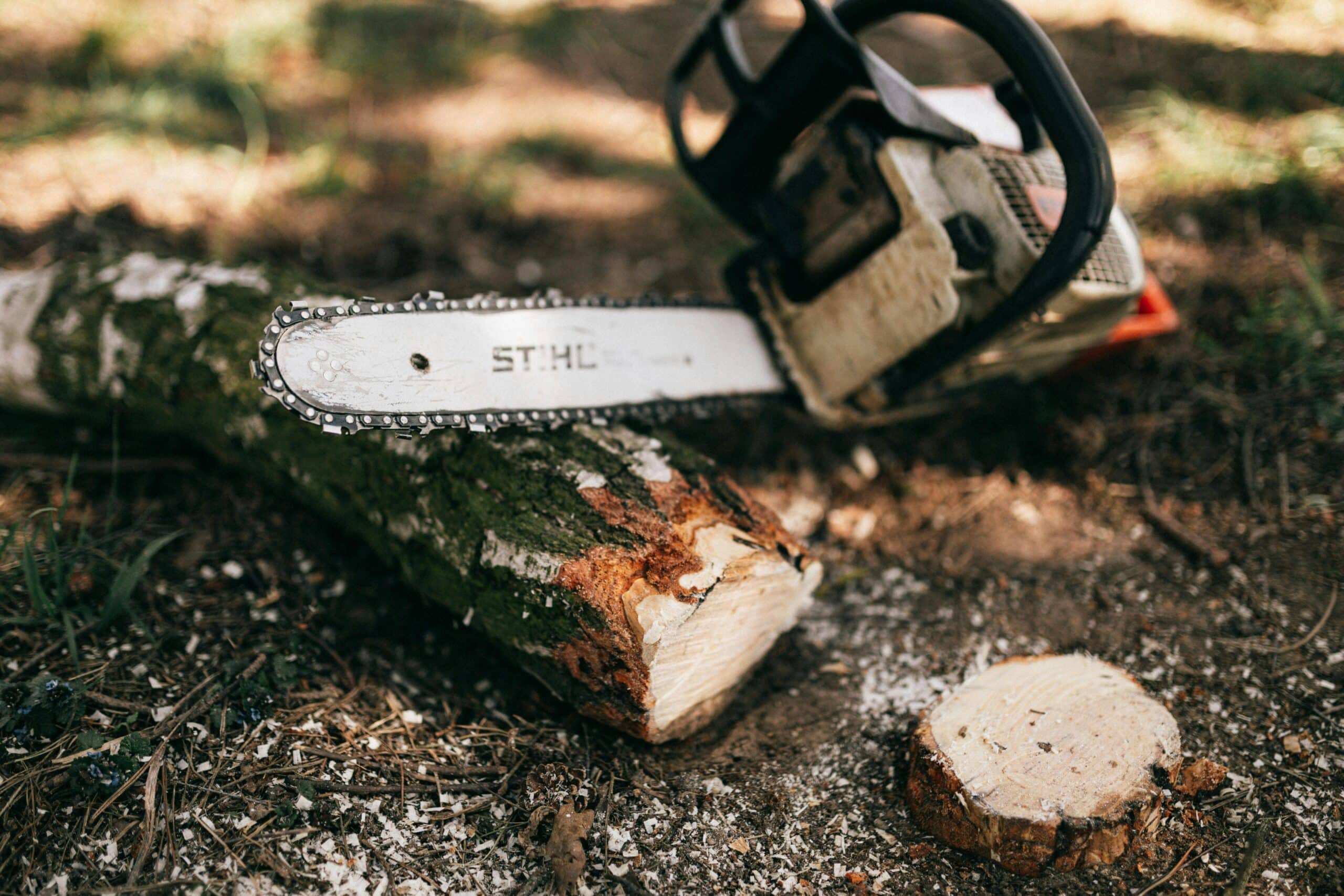Loud noise at work can damage hearing. This usually happens gradually, and it may only be when the damage caused by noise combines with hearing loss due to ageing that people realise how impaired their hearing has become.
The Control of Noise at Work Regulations 2005 require you to make measurement of noise or noise assessment ‘if necessary’. Measurement will be necessary if you cannot find reliable noise information from other sources.

Noise at work can cause temporary or permanent hearing damage that is disabling. This can be:
- gradual, from exposure to noise over time
- caused by sudden, extremely loud noises.
Hearing loss is not the only problem. People may develop tinnitus (ringing, whistling, buzzing, or humming in the ears), a distressing condition which can lead to disturbed sleep.
Noise at work can also interfere with communications and make warnings harder to hear. It can also reduce a person’s awareness of his or her surroundings. These factors can lead to safety risks – putting people at risk of injury or death.

The Control of Noise at Work Regulations 2005 require employers to prevent or reduce risks to health and safety from exposure to noise at work.
Employees have duties under the Regulations too.

Noise is measured in decibels (dB). An ‘A-weighting’ sometimes written as ‘dB(A)’, is used to measure average noise levels, and a ‘C-weighting’ or ‘dB(C)’, to measure peak, impact or explosive noises. You might just notice a 3dB change in noise level, because of the way our ears work. Yet every 3dB doubles the noise, so what might seem like small differences in the numbers can be quite significant.
The Control of Noise at Work Regulations 2005, require employers to make measurement of noise or noise assessment ‘if necessary’. Measurement will usually be necessary if you cannot find reliable noise information from other sources.
Quality Leisure Management can prepare a professional noise assessment to consider the main sources of noise in both wet, dry and specialist facilities and sports venues such as ice rinks. QLM will measure noise levels, as identified by the client and based upon our experience. From this information, we will be able to assess the level of risk.
The Regulations do not apply to:
- members of the public exposed to noise from their non-work activities, or making an informed choice to go to noisy places;
- low-level noise that is a nuisance but causes no risk of hearing damage.
An employer will probably need to do something about the noise if any of the following apply:
- the noise is intrusive-like a busy street, a vacuum cleaner or a crowded restaurant, or worse than intrusive, for most of the working day
- your employees have to raise their voices to have a normal conversation when about 2 metres apart for at least part of the day
- your employees use noisy powered tools or machinery for more than half an hour a day
- your sector is one known to have noisy tasks
Situations where you will need to consider safety issues in relation to noise include where:
- you use warning sounds to avoid or alert to dangerous situations
- working practices rely on verbal communications
- there is work around mobile machinery or traffic
The Regulations require an employer to:
- Assess the risks to employees from noise at work;
- Take action to reduce the noise exposure that produces those risks;
- Provide your employees with hearing protection if you cannot reduce the noise exposure enough by using other methods;
- Make sure the legal limits on noise exposure are not exceeded;
- Provide your employees with information, instruction and training;
- Carry out health surveillance where there is a risk to health.
